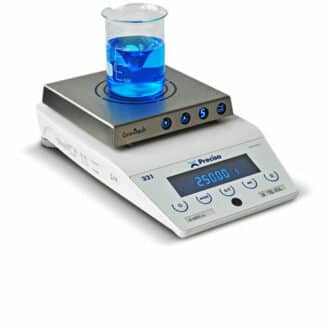A Doppler is used to determine the speed of the blood flow in an organ or vessel. As such it is used in the detection of certain vascular pathologies such as the narrowing of the diameter of a blood vessel or detecting a damaged vein or artery. It also makes it possible to analyze the vascularization of certain organs or tissues when coupled with an ultrasound machine – this is called a Doppler ultrasound.







